The legacy of Ertuğrul: Ottoman Capital Cities
Are you one of the many millions who has watched “Resurrection: Ertuğrul”, “Establishment: Osman” or “The Last Emperor” on TV? Has it piqued your interest and inspired your imagination? Perhaps you’re a bit sketchy on the actual history behind the series or wondering where you can visit the historic monuments which are the legacy of the mighty Ottoman Empire.
The great Ottoman Empire lasted from 1299 to 1922 and shaped not only the history of Türkiye and the surrounding region, but the history of the world. At its peak, it spanned three continents and stretched from Budapest to Azerbaijan, taking in Persia, Arabia and the entire north African coast. But where did the Ottoman Empire begin? We will introduce you to the magnificent Ottoman capital cities and some of the unmissable sights you should visit.
Experience the grandeur of one of the most powerful empires in history as you follow in the footsteps of the Sultans to discover the magnificent monuments and capitals of the Ottoman Empire.
Bilecik - resting place of Ertuğrul
It was in Söğüt, in the province of Bilecik, just 90 minutes by car from Bursa, that the Ottoman Empire can be said to have been founded. The famous town is home to the tomb of Ertuğrul Gazi, whose life is depicted in the Turkish TV series "Diriliş Ertuğrul" (Resurrection: Ertuğrul), which has captured the imagination of the world. The tombs of his wife Halime Hatun, his brother Dündar Bey, and his loyal comrade Samsa Çavuş are also located here.
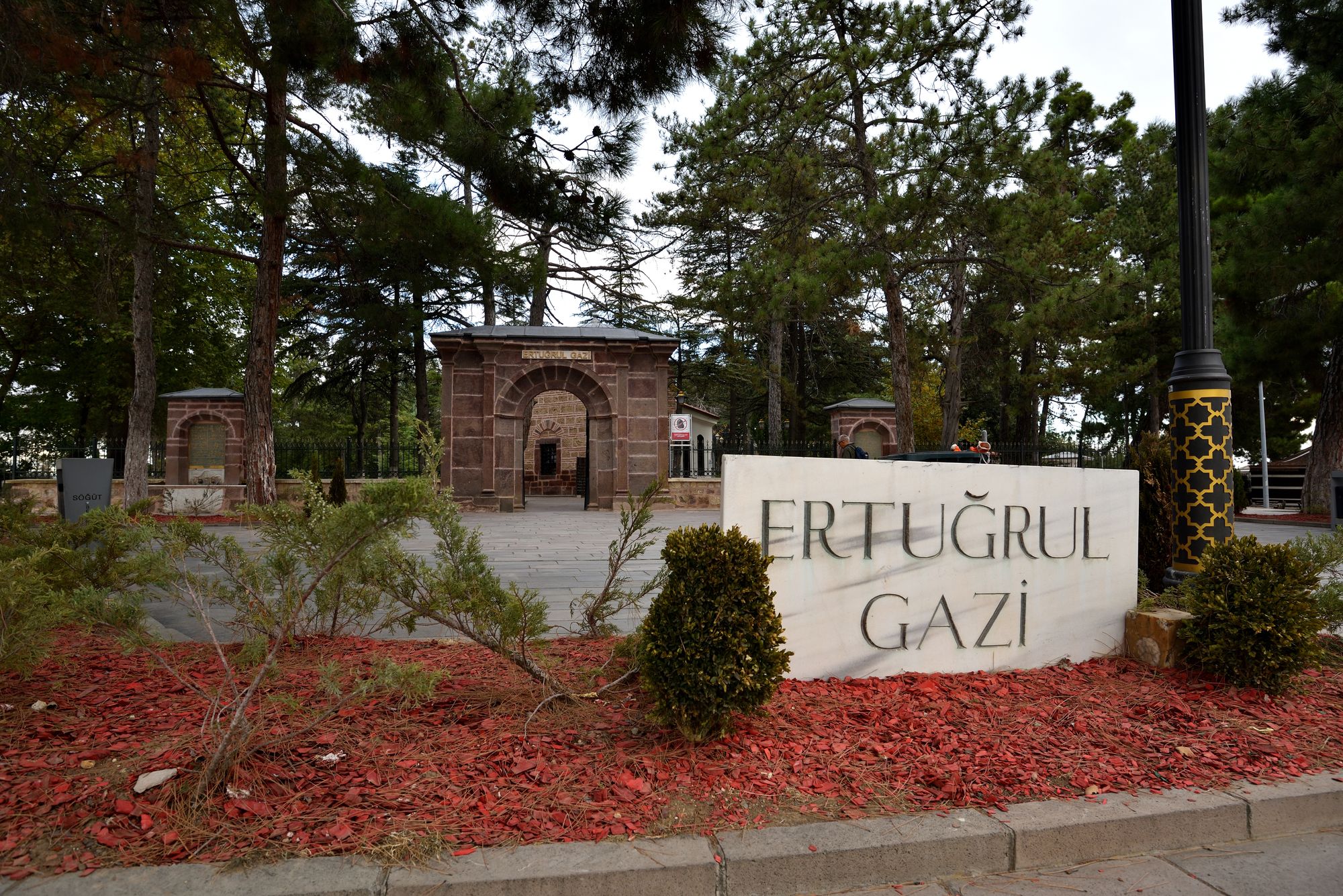
It was his son, Osman, who gave the Empire its name Osmanlı (in Turkish: ‘with Osman’). In 1299, Osman conquered Bilecik, Yenikent, Inegöl and Iznik.
Today, you can also visit the tombs of Sheikh Edebali and his daughter Bala Hatun (Osman’s second wife) and the Orhan Gazi Mosque located in the city of Bilecik and immerse yourself in historical experiences at the Bilecik Living City Museum.

Have fun dressing up in the costumes of the series' characters at the museum. You may also want to pay a visit to the tomb of Ertuğrul Gazi’s mother, Hayme Ana or Hayme Hatun, as she is also known, who rests in Domaniç in the neighbouring province of Kütahya.
These tombs are all within an easy drive of Bursa, the best place to base yourself for a good choice of halal-friendly accommodation.
Bursa - the first established capital of the Ottoman Empire
Osman resolved to take Bursa, which was eventually captured by his son, Orhan, in 1326 after an eight-year siege. In 1335, it was officially proclaimed the first capital of the Ottoman Empire. Bursa displays the richness of Ottoman architecture in its compact centre, surrounded by beautiful countryside and overlooked by the magnificent mountain of Uludağ.
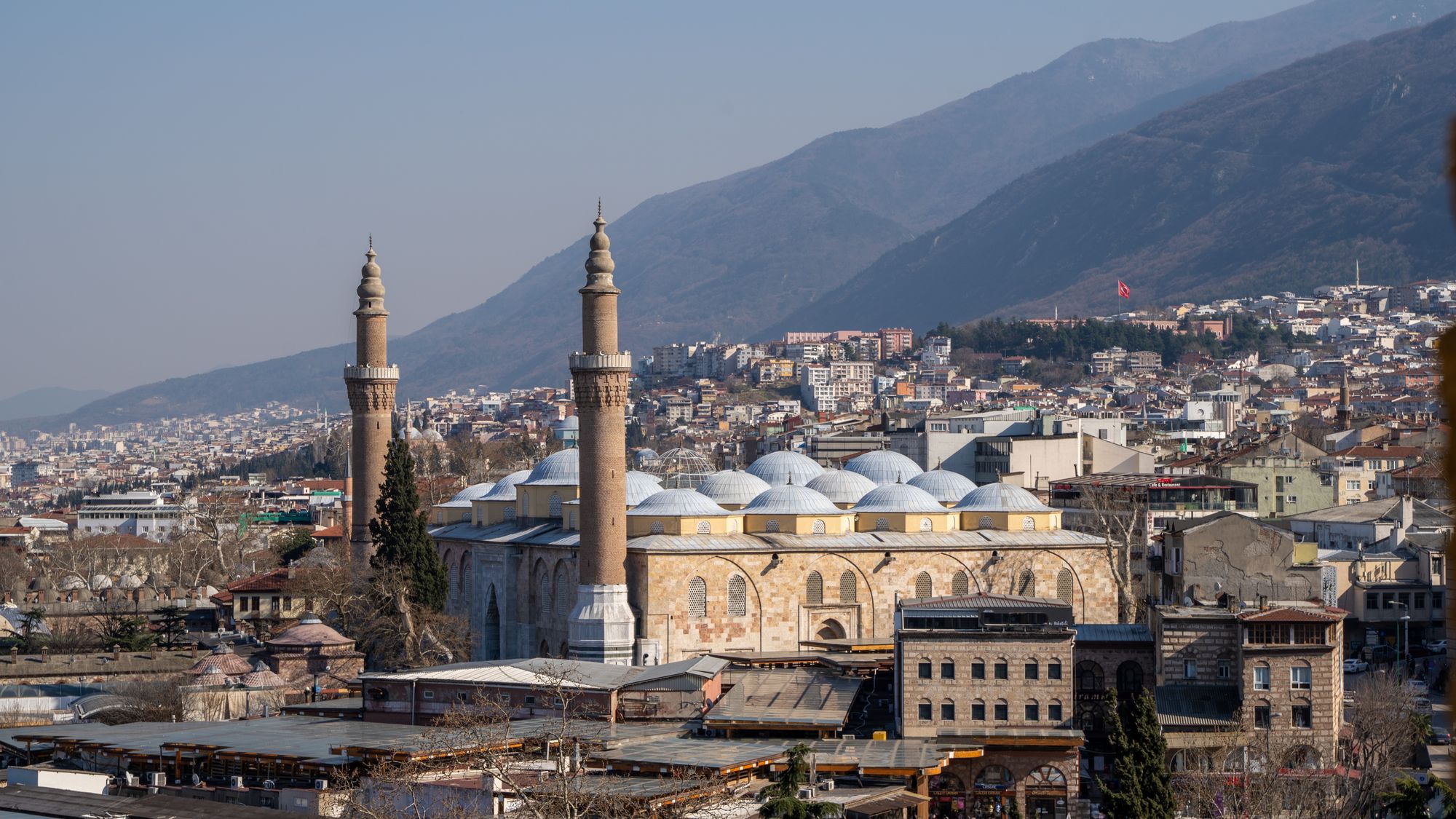
Explore the tombs of Osman Gazi, Orhan Gazi and the first six sultans, who shaped the empire's history and inspired the storyline of the “Kuruluş Osman” (Establishment: Osman) series.
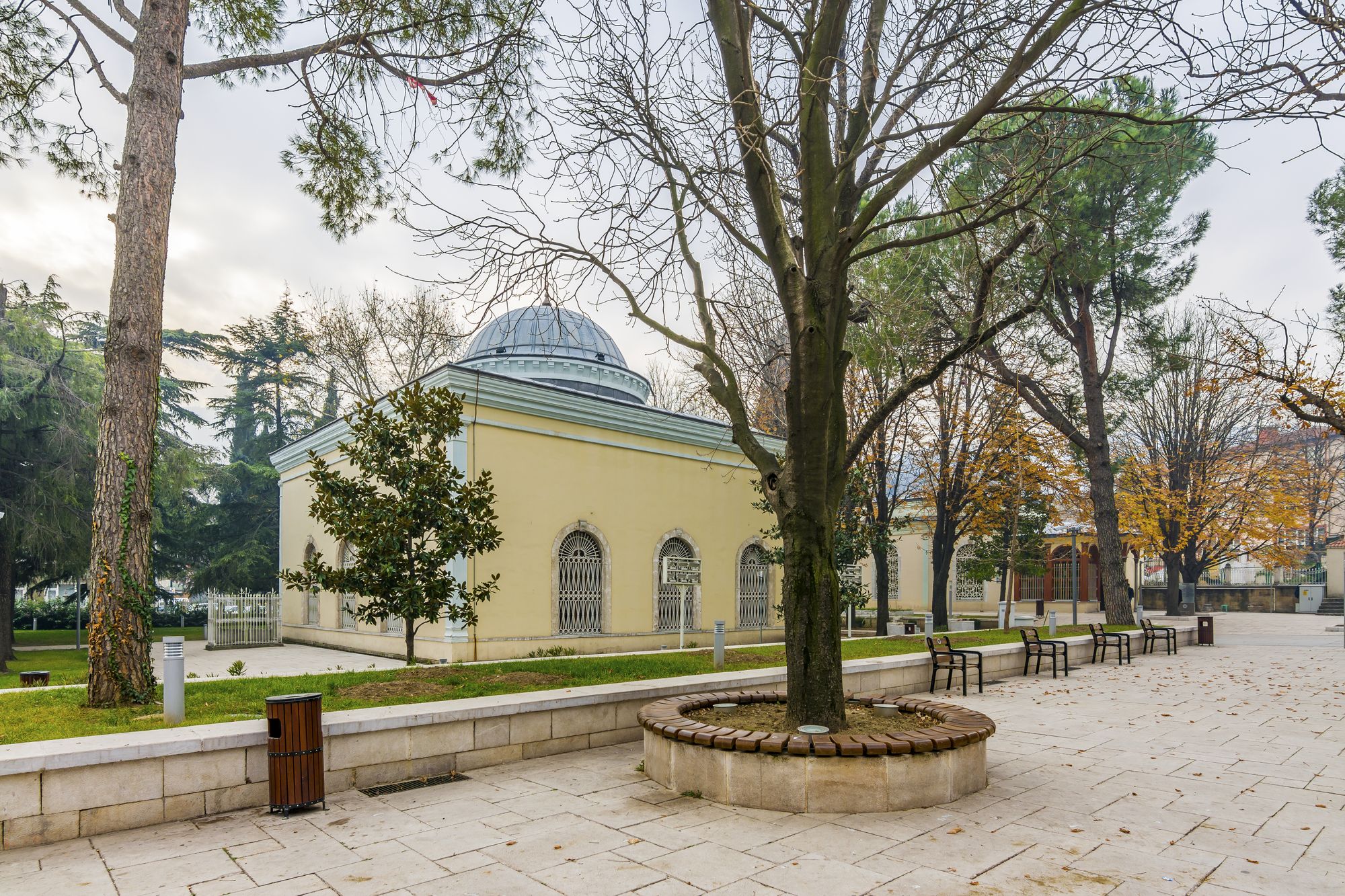
Discover iconic Ottoman landmarks such as Yıldırım Mosque and Tomb, Green Mosque and Tomb, Emir Sultan Mosque and Tomb, Ulu Mosque (Camii Kebir), Muradiye Complex and Hüdavendigar Mosque and Complex.
Don't miss the famous Bursa or İskender kebab - slices of döner meat, layered with tomato sauce, yoghurt and pitta bread at the historical ‘Kebapçı İskender (Mavi Dükkan)’, which is run by the grandchildren of İskender Efendi, who invented the famous İskender Kebab in 1867.
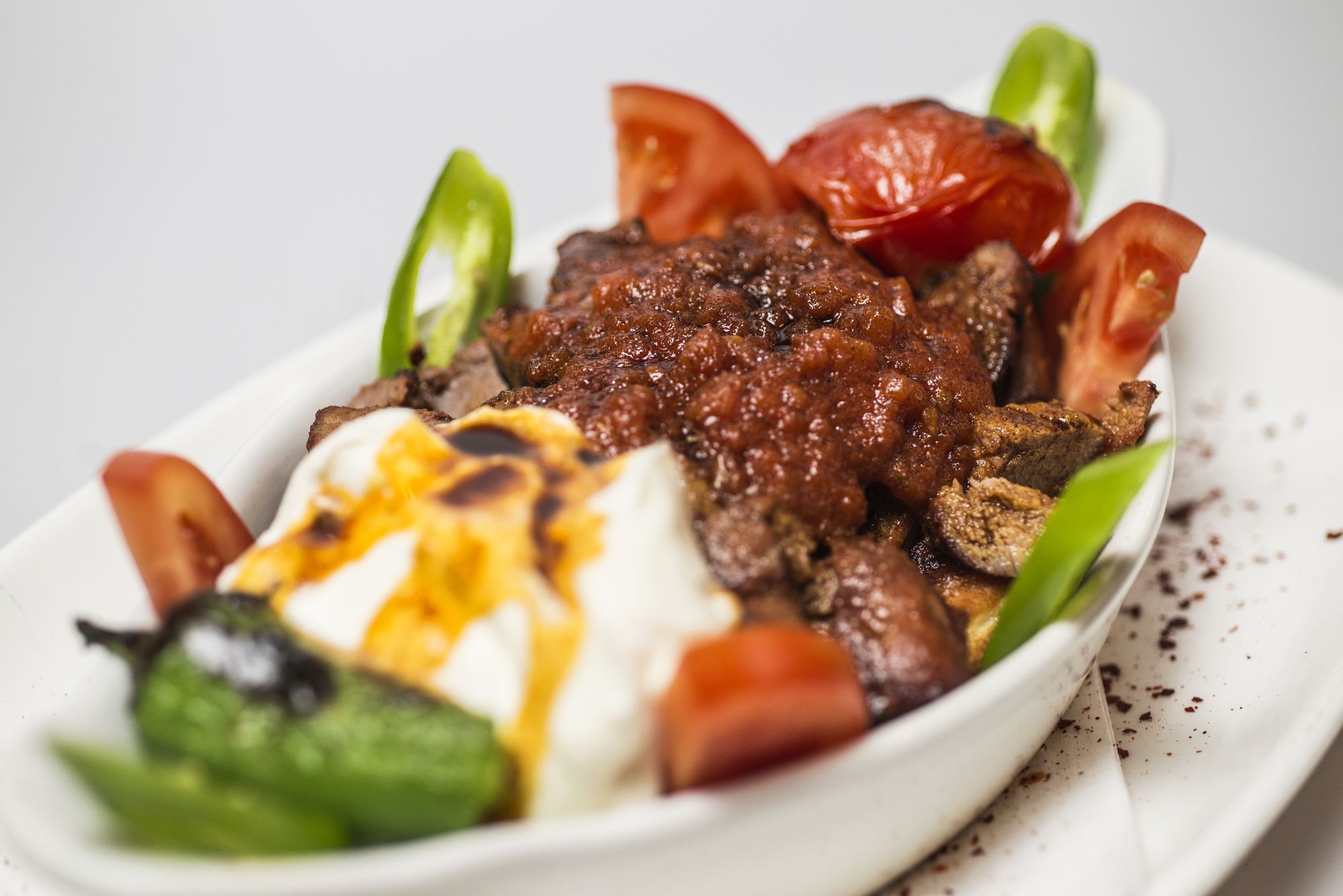
Be sure to visit the lavish Turkish baths, with separate sections for men and women, which benefit from the thermal springs, rich in minerals, which abound in this area - those in the Kervansaray Thermal Convention Center and Spa have been in use since Ottoman times.
Enjoy a cup of tea under the historical İnkaya plane tree named after one of the first Ottoman villages in this region. It is more than 600 years old and is the largest tree in Türkiye: 3 metres in diameter, 10 metres in circumference and 37 metres in height.
Where to stay in Bursa
Here are our top picks for halal-friendly hotels in Bursa:
- Euro Park Hotel Bursa - A contemporary hotel near Bursa city centre with indoor and outdoor pools (summer only) and spa. All food is halal and its spa can be booked for private use.

- Leo Suites Hotel - This modern alcohol-free hotel with its attractive garden is in a relatively quiet suburb. It’s a great base for those who are planning to explore the surrounding area.

Edirne - the second capital of the Ottoman Empire
In 1362, Orhan’s son, Murad I captured the city of Edirne, formerly known as Adrianople and in 1365, established it as his new capital. Edirne served as capital of the Ottoman Empire until Istanbul's conquest, in 1453. Explore a rich collection of Ottoman architecture and landmarks in this remarkable city, which is a hidden gem. Among the most significant works of the Ottoman era, you will find the Edirne Old Mosque, the Üç Şerefeli (Burmalı) Mosque, the Clock Tower Medrese, where Fatih Sultan Mehmed received his education, the Sokullu Hamam and the magnificent Selimiye Mosque and Complex, the masterpiece of the famous Ottoman architect Mimar Sinan.

Edirne is also famous for the national sport of Kırkpınar Yağlı Güreș, a highly skilled sport, dating back to Ottoman times, which takes place every year in a meadow just outside the city, where greased combatants wrestle in a competitive tournament.
Edirne is famous for the dish of tava ciğer, pan-fried liver coated in flour to make it appealingly crispy, usually served with onions. It’s so well-known that there is even a local folk song about it. The area of Kaleiçi is the place to go to find the best ciğerci-restaurants specialising in the dish.
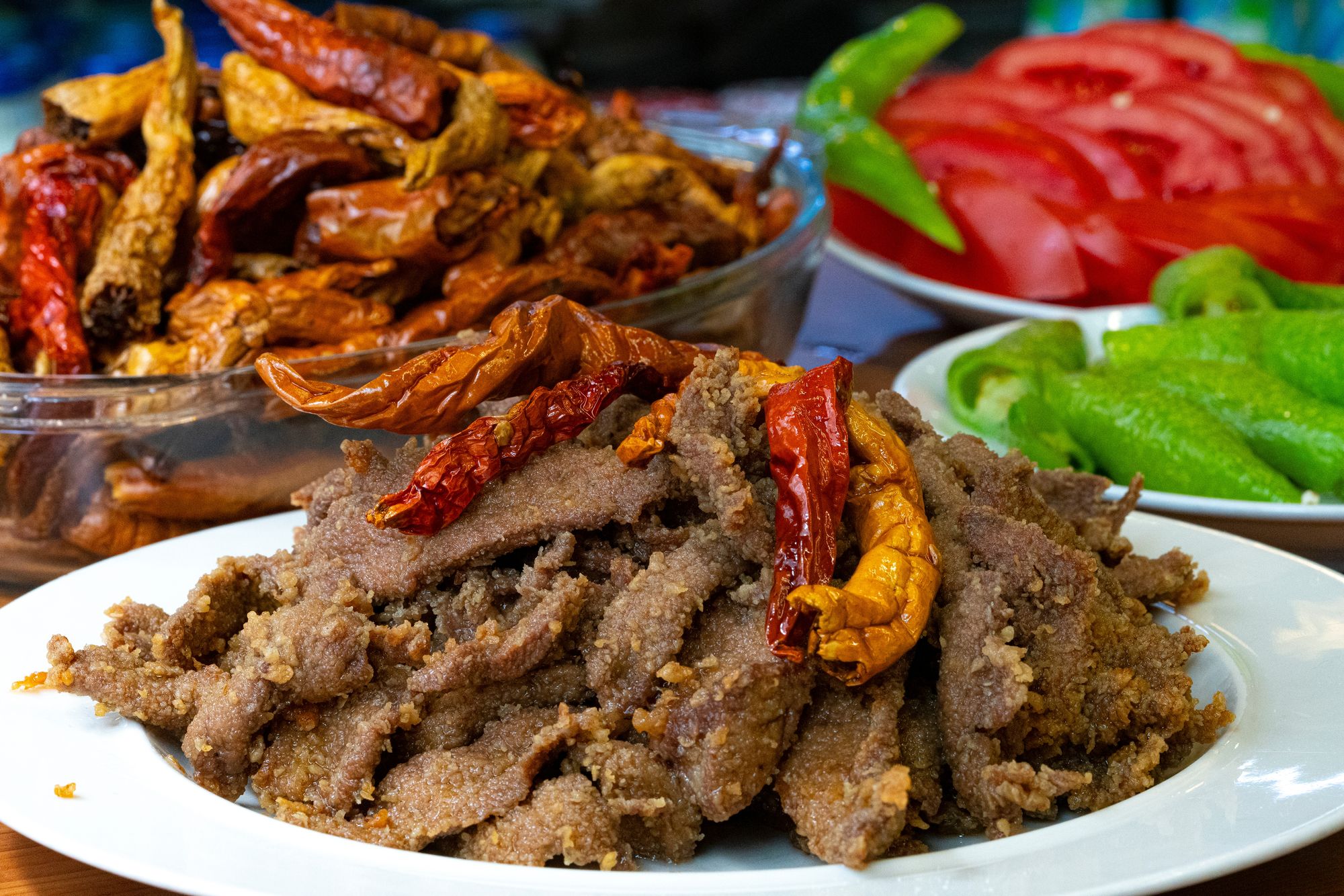
Where to stay in Edirne
Here are our top picks for halal-friendly hotels in and around Edirne:
- Marristone Hotels - Stylish stone villas in a peaceful alcohol-free setting in the midst of nature, with a private pebble beach. There is a pier for sunbathing and swimming and a wealth of activities on site for all the family.

- Kalevera Hotel - This alcohol-free hotel is conveniently located for exploring the sights of central Edirne. With parking on site, it’s a good base for exploring the surrounding area by car.

Istanbul - the Imperial capital
After its conquest by Fatih Sultan Mehmed II in 1453, Constantinople became Istanbul and the third capital of the Ottoman Empire. Istanbul’s rich history and culture needs no introduction. The third and final Ottoman capital displays its Ottoman heritage not only through palaces, mosques, baths and bazaars but also through fountains and other monuments, visible almost on every corner.
Explore the historic peninsula and discover iconic landmarks such as Topkapı Palace, Sultanahmet Mosque and Hagia Sophia Grand Mosque and take the opportunity to visit the tombs of the many Ottoman sultans who are buried here. The tombs of five Ottoman sultans are located within the grounds of the Hagia Sophia Grand Mosque itself: Sultan Selim II, Sultan Murad III, Sultan Mehmed III, Sultan Mustafa I and Sultan Ibrahim I. On nearby Divan Yolu, you will find the tombs of Sultan Mahmut, his son Sultan Abdülaziz and his grandson Sultan Abdulhamid II. It is this Sultan, who is, of course, the subject of the well-known series 'Payitaht: Abdülhamid', shown as 'The Last Emperor' in English'.
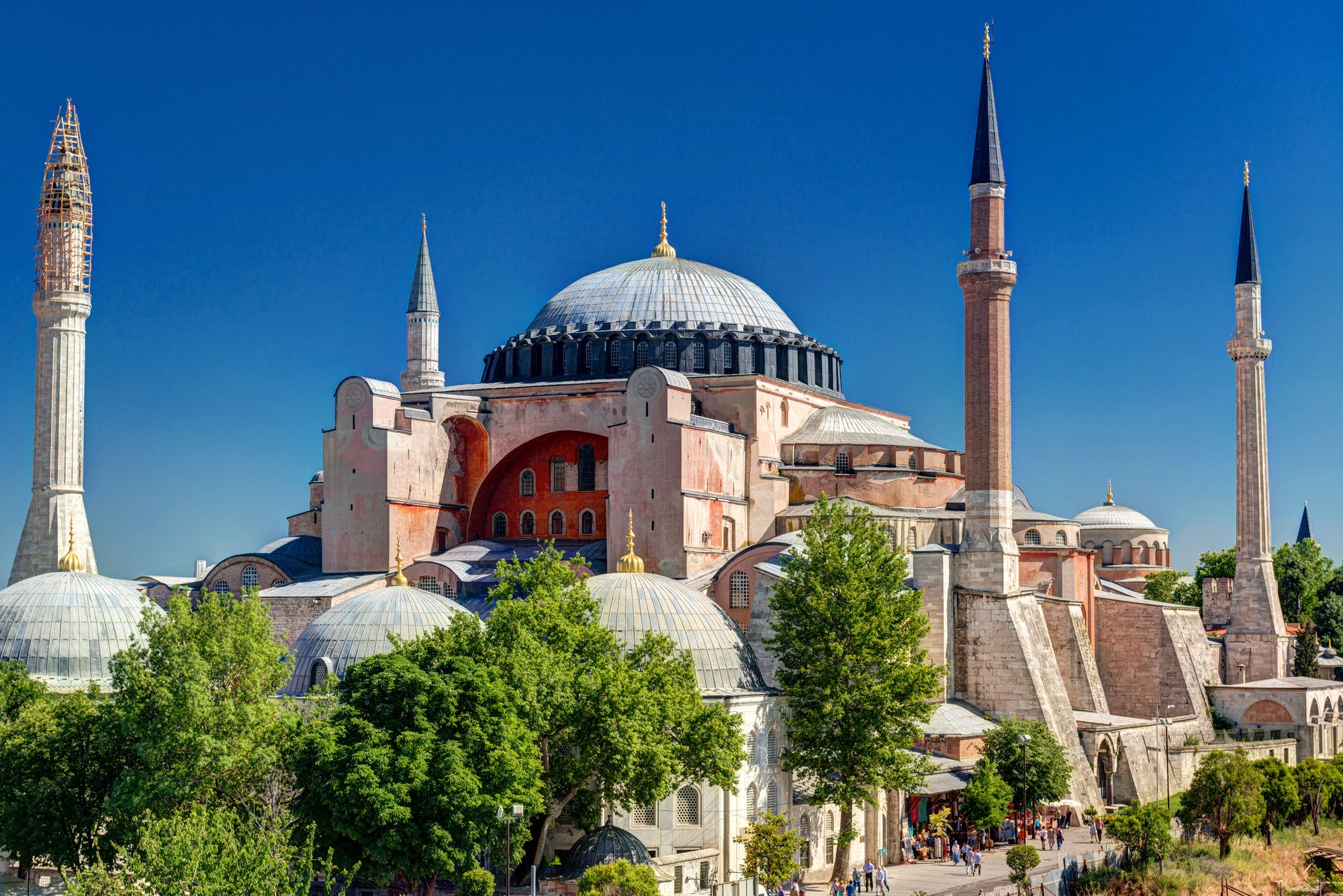
It is also well worth visiting the tomb of Kanuni Sultan Süleiman, known as the Magnificent, and then praying in the spectacular Süleymaniye Mosque. Visit the tombs of Fatih Sultan Mehmet at the Fatih Mosque, and Yavuz Sultan Selim at the Yavuz Selim Mosque, with its stunning panoramic views of the Golden Horn.
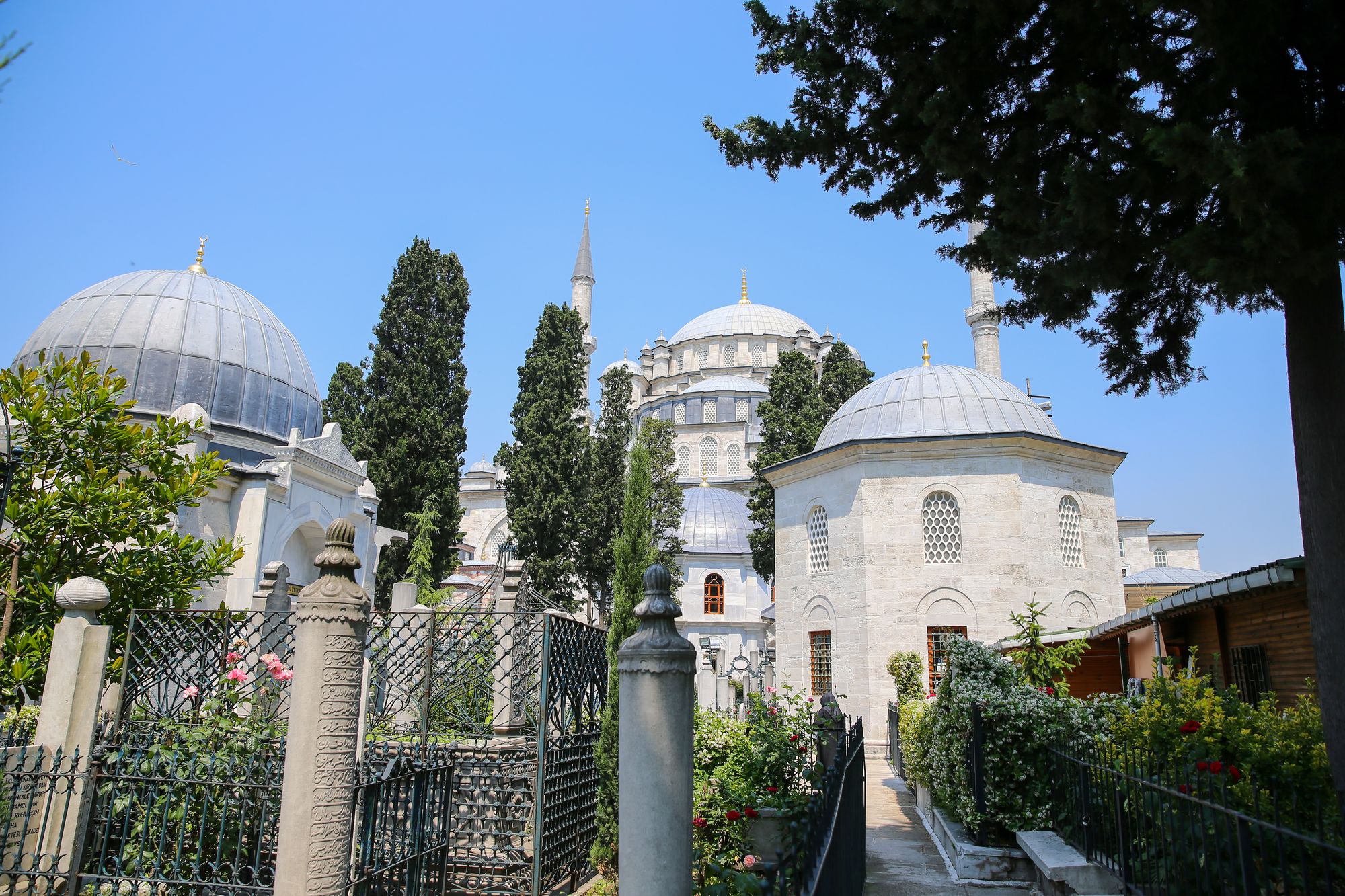
Immerse yourself in the opulent world of the Ottoman Empire by visiting the many Imperial palaces, including Çırağan Palace, Yıldız Palace and Beylerbeyi Palace, where Sultan Abdulhamid II was held under house arrest until his death.
Even the shopping in Istanbul is an Ottoman experience - construction of the Grand Bazaar started not long after the foundation of the capital and it is still one of the largest covered bazaars in the world.

The Spice Bazaar, meanwhile, takes its Turkish name ‘Egyptian Bazaar’ from the fact that its construction in 1660 was funded by taxes from the Ottoman state of Egypt.
There is no dish more evocative of rich Ottoman cuisine than the classic, Hünkar Beğendi, literally translated as ‘it pleased the Sultan’, a flavoursome lamb stew served on top of creamy puréed roasted aubergine. For a true Ottoman experience, combining the atmosphere, flavours and sights of the period, head to Konyalı Restaurant, in the grounds of Topkapı Palace, overlooking Sarayburnu or Seraglio Point. It is alcohol-free and open during the day-time, except for Tuesdays, when the Palace is also closed.

Where to stay in Istanbul
Here are our top picks for halal-friendly hotels in Istanbul:
- Deluxe Golden Horn Sultanahmet - This charming alcohol-free hotel is all about the location: in walking distance of the sights of Old Istanbul. The restaurant and terrace overlook the Blue Mosque, Hagia Sophia and the Sea of Marmara.

- Ottoman's Life Hotel Deluxe - A luxury alcohol-free hotel, well located for sightseeing, with mixed and ladies-only spa and pool. It’s a short walk to the tram stop from which the sights of Old Istanbul are within easy reach.

Magnificent Ottoman architecture
The Ottomans were prolific builders, famous for their distinctive architectural styles. Monuments to the greatness of the Ottoman Empire can still be found today, not only in Türkiye but throughout the many lands which were once under its rule. Among the Ottoman’s finest works are public buildings and structures such as mosques, hammams (Turkish baths), palaces, travellers’ inns, bridges and fountains. If you’re visiting one of the Ottoman capitals then you certainly shouldn’t miss the following:
Top Ten Ottoman Monuments in Ottoman Capitals
1. Mausoleum of Ertuğrul Gazi, Söğüt (Bilecik) - Visiting the tomb of the father of the Ottoman Empire is a moving experience. The current structure dates from the time of Sultan Abdul Hamid II and the tombs of his wife Halime Hatun, his brother Dündar Bey and his loyal comrade Samsa Çavuş are close by.
2. Green Mosque and Tomb, Bursa - Visit the tomb of Sultan Mehmed I and the mosque, which is named after its distinctive green tiles - the first Ottoman mosque to use them extensively as interior decoration, setting an important precedent.
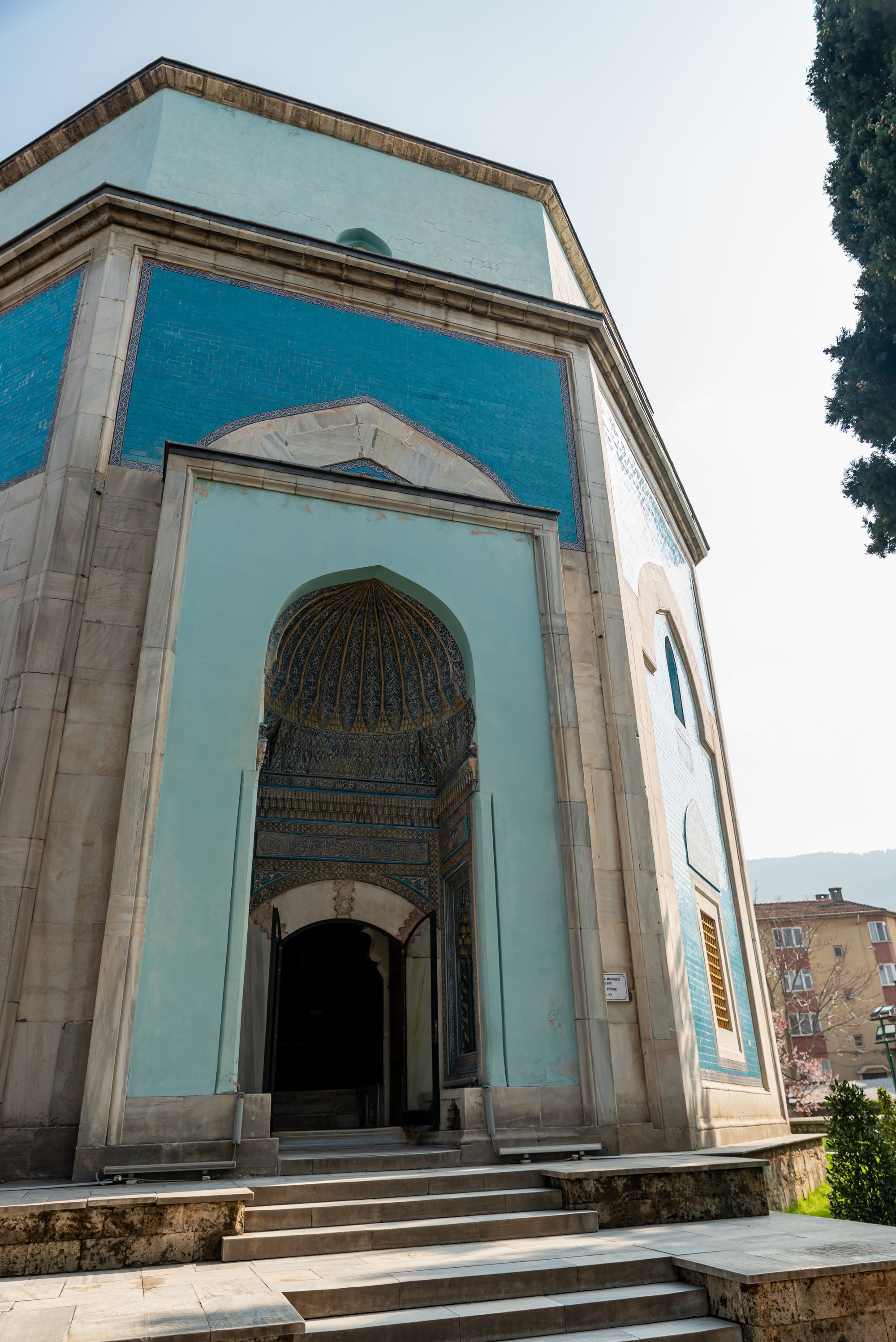
3. Ulu Camii, Koza Han and Kapalı Çarşı, Bursa - The Ulu Camii or Great Mosque is one of the landmarks of early Ottoman architecture, built between 1396-1399. Next to it is the Koza Han, the historic inn built by Sultan Bayezid II in 1491 and the covered bazaar (Kapalı Çarşı), which dates back to the time of Orhan Gazi. For centuries they were at the centre of Bursa’s famous silk trade, trading cocoons as well as finished silk products and designs.
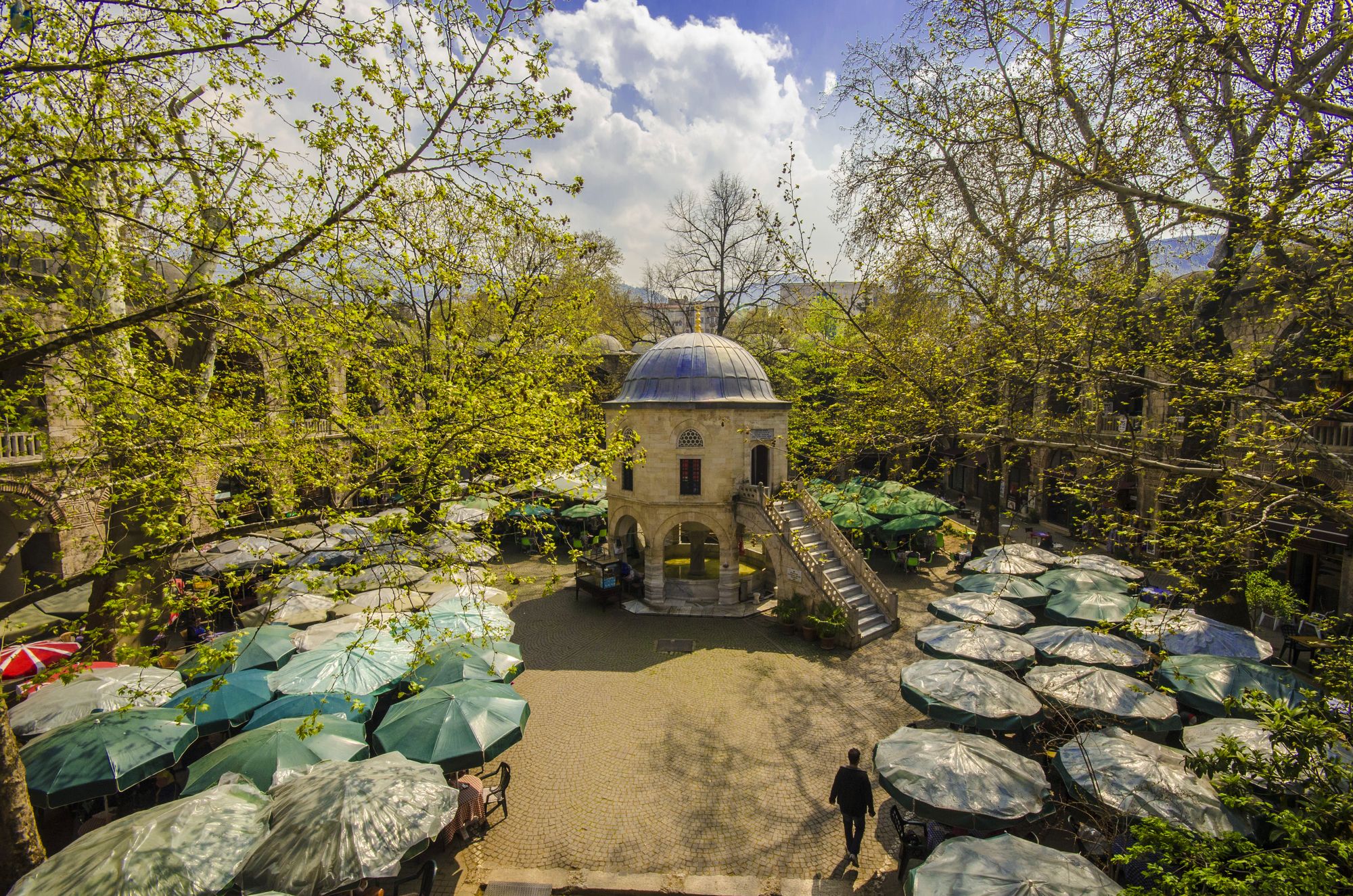
4. Selimiye Mosque, Edirne - The famous Ottoman architect, Sinan, described this mosque, with its magnificent dome, measuring 31.5 metres in diameter, as "my masterpiece".
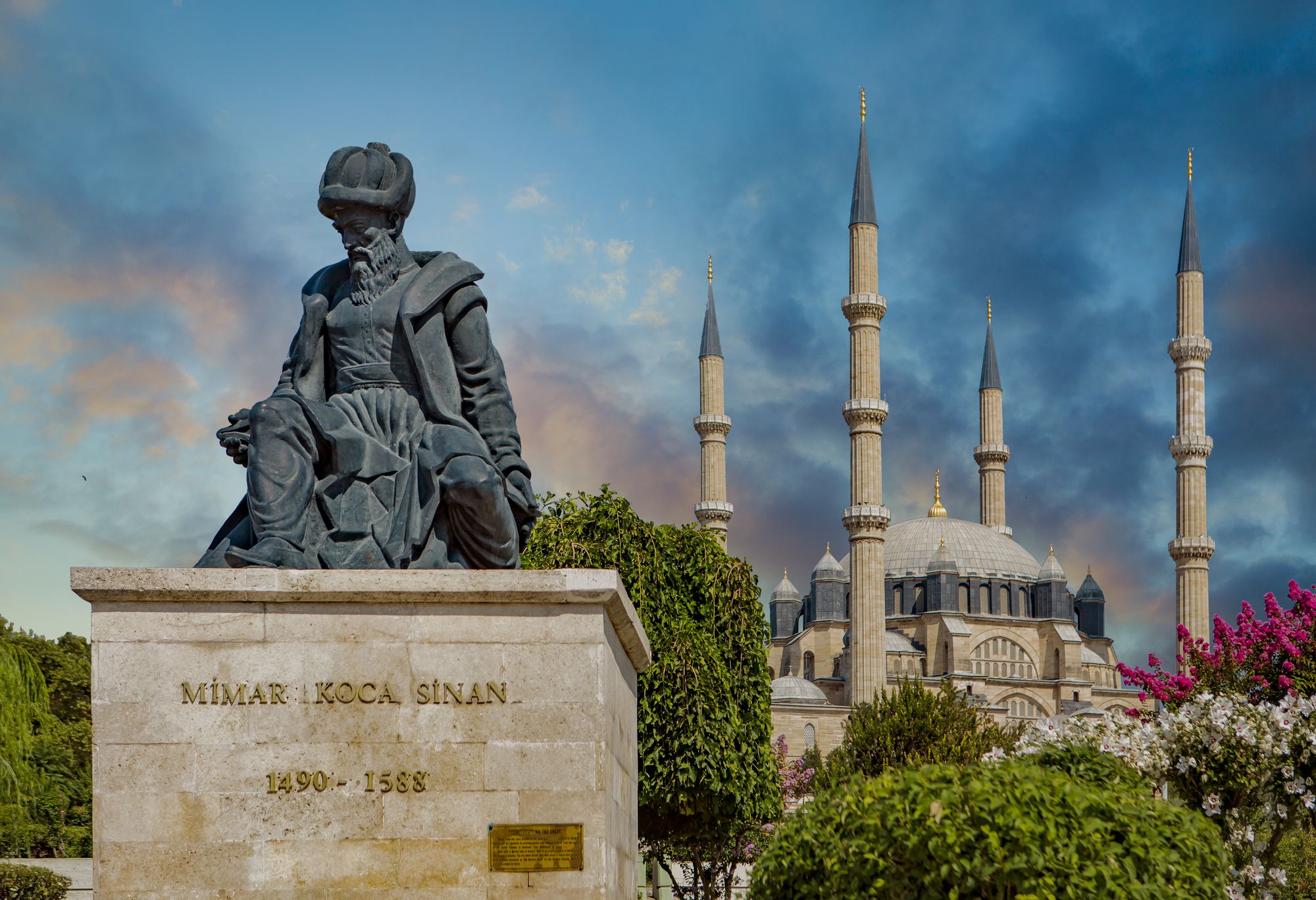
5. Sultan Bayezid II Mosque, Edirne - Designed by the architect Hayrettin in 1484, this impressive mosque has nearly a hundred domes over the buildings of the complex.
6. Rüstem Pașa Kervansaray, Edirne - This grand caravanserai or travellers’ inn was built by Mimar Sinan for Süleiman the Magnificent’s Grand Vizier Rüstem Pasha.
7. Dolmabahçe Palace, Istanbul - One of the last great buildings of the Ottoman era, this extravagant, opulent palace was completed in 1856 on the orders of Abdulmejid I.

8. Süleymaniye Mosque, Istanbul - Constructed by Mimar Sinan in 1557, he referred to this magnificent mosque, which represents the greatness of Suleiman I, as "my journeyman’s piece".

9. Topkapi Palace, Istanbul - This stunning palace was the seat of Ottoman power for 400 years - you can easily spend a full day exploring its many treasures.

10. Sultanahmet Mosque (Blue Mosque) and Hagia Sophia Grand Mosque, Istanbul - This renowned mosque takes its name from the exquisite Iznik tiles which decorate its interior. It was constructed between 1609 and 1616 for Sultan Ahmed I. It was built to rival the famous Byzantine masterpiece, now the Hagia Sophia Grand Mosque, which first became a mosque following the conquest of Constantinople in 1453, when the city of Istanbul became the new capital of the Ottoman Empire.
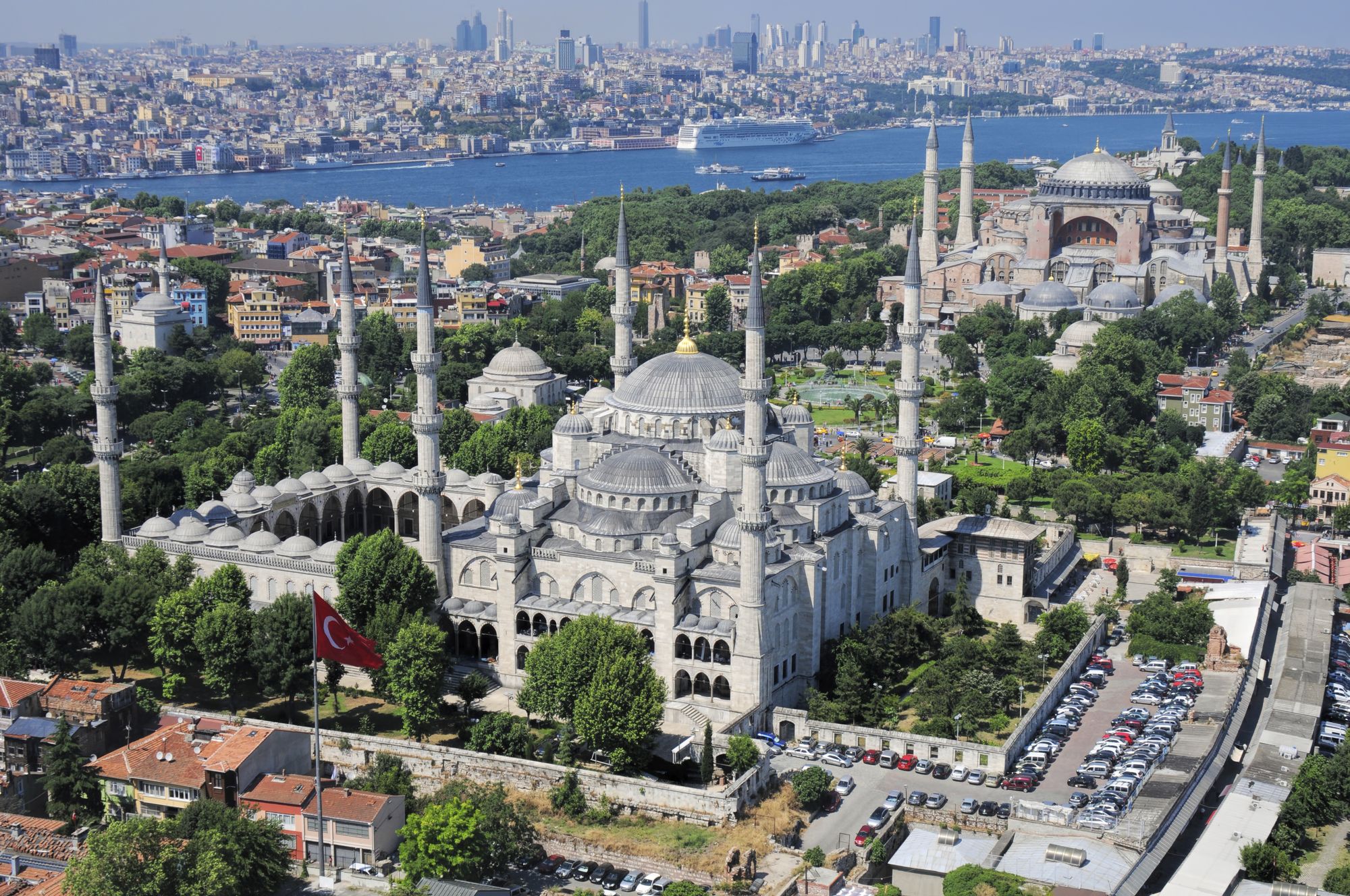
For more inspiration check out our other blog articles. Read more about what to see and do on a halal-friendly stay in Istanbul here, start a Turkish road trip from Edirne or visit Bursa as part of a halal-friendly skiing holiday in nearby Uludağ.
